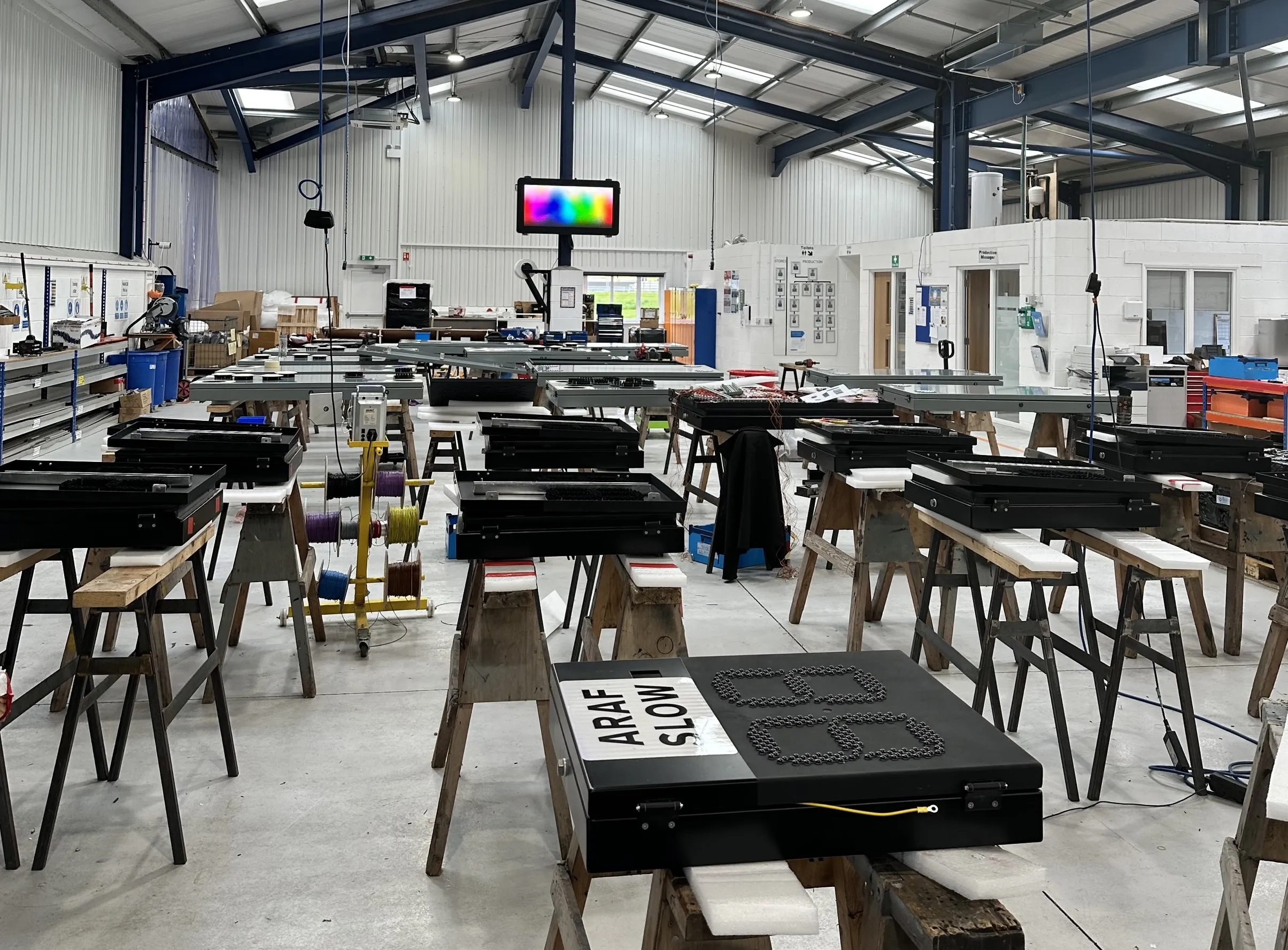Trials in the city Linköping have shown the effectiveness of Edeva’s Actibump speeding deterrent. The average speed on the road, which is used by 5,000 vehicles per day, decreased from 36 to 32km/h following the installation of the device. Actibump comprises of a 6cm deep metal trough set in the road surface and utilises a roadside radar unit to monitor vehicle speed. If a speeding vehicle is detected the flat metal plate which normally covers the trough is activated and pivots downwards, exposing an edge
September 24, 2014
Read time: 1 min

Trials in the city Linköping have shown the effectiveness of 5955 Edeva’s Actibump speeding deterrent. The average speed on the road, which is used by 5,000 vehicles per day, decreased from 36 to 32km/h following the installation of the device. Actibump comprises of a 6cm deep metal trough set in the road surface and utilises a roadside radar unit to monitor vehicle speed. If a speeding vehicle is detected the flat metal plate which normally covers the trough is activated and pivots downwards, exposing an edge which the vehicle bounces over.
The developers say the trough is deep enough for drivers to notice but will not damage the vehicle. Those obeying the speed limit pass the barrier unimpeded, helping to maintain a smooth traffic flow.
The developers say the trough is deep enough for drivers to notice but will not damage the vehicle. Those obeying the speed limit pass the barrier unimpeded, helping to maintain a smooth traffic flow.










